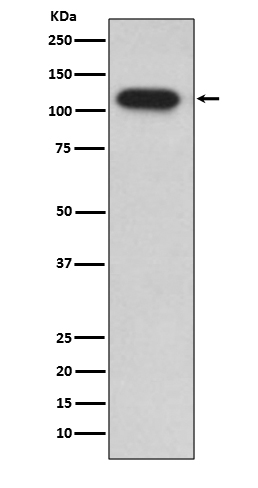Plays a role in the cellular breakdown of insulin, APP peptides, IAPP peptides, natriuretic peptides, glucagon, bradykinin, kallidin, and other peptides, and thereby plays a role in intercellular peptide signaling (PubMed:
2293021, PubMed:
10684867, PubMed:
26968463, PubMed:
17051221, PubMed:
17613531, PubMed:
18986166, PubMed:
19321446, PubMed:
23922390, PubMed:
24847884, PubMed:
26394692, PubMed:
29596046, PubMed:
21098034). Substrate binding induces important conformation changes, making it possible to bind and degrade larger substrates, such as insulin (PubMed:
23922390, PubMed:
26394692, PubMed:
29596046). Contributes to the regulation of peptide hormone signaling cascades and regulation of blood glucose homeostasis via its role in the degradation of insulin, glucagon and IAPP (By similarity). Plays a role in the degradation and clearance of APP-derived amyloidogenic peptides that are secreted by neurons and microglia (PubMed:
9830016, PubMed:
26394692) (Probable). Degrades the natriuretic peptides ANP, BNP and CNP, inactivating their ability to raise intracellular cGMP (PubMed:
21098034). Also degrades an aberrant frameshifted 40-residue form of NPPA (fsNPPA) which is associated with familial atrial fibrillation in heterozygous patients (PubMed:
21098034). Involved in antigen processing. Produces both the N terminus and the C terminus of MAGEA3-derived antigenic peptide (EVDPIGHLY) that is presented to cytotoxic T lymphocytes by MHC class I.

